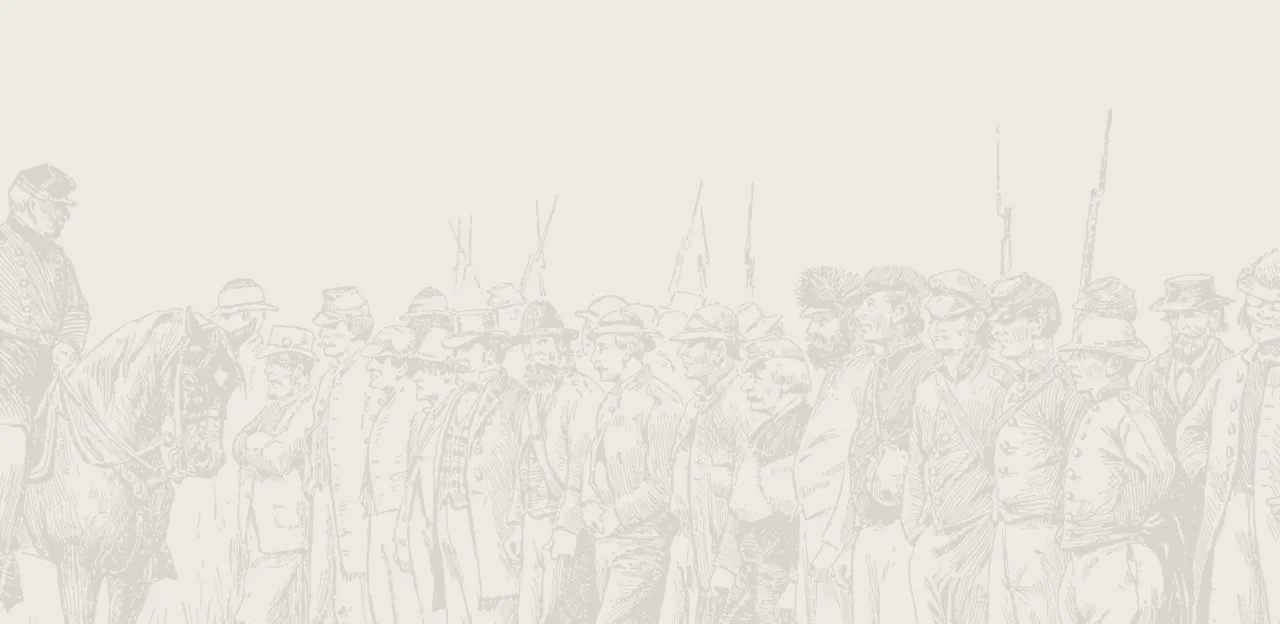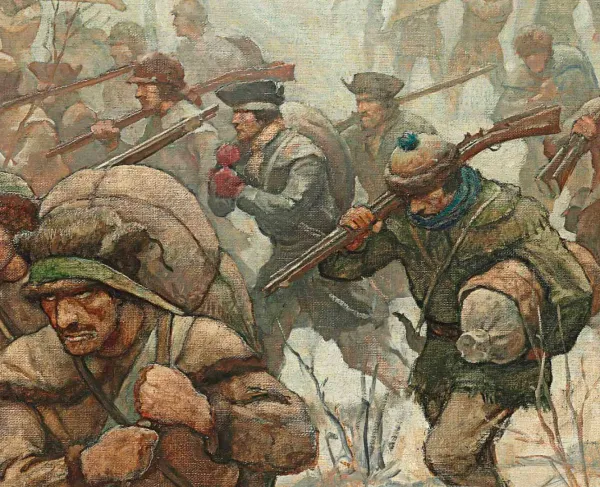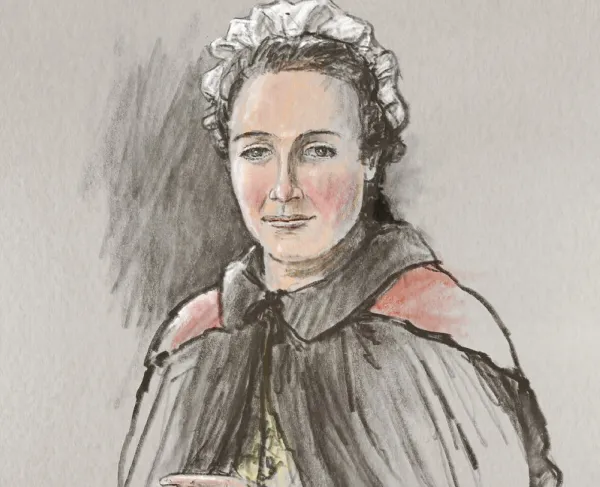Hampton Roads

The Battle of Hampton Roads
Monitor vs. Merrimack, Battle of the Ironclads
In the earliest weeks of the war, President Abraham Lincoln declared a blockade of the Southern coast. His objective was to cut off Rebel trade with the outside world and prevent sale of cotton, the Confederacy's major export. To break the blockade, the Confederates had few resources at hand: some small shipyards, a few merchant ships, but no navy at all. Confederate Secretary of the Navy, Stephen Mallory, scrambled to find warships. With no formidable vessels to choose from, Mallory decided instead to challenge the Union navy with the latest technology: warships clad with iron to protect them from their wooden adversaries.
When Virginia seceded in April, 1861, many of the ships and repair facilities of the U. S. Navy at the Gosport Naval Yard in Portsmouth were hastily sunk or destroyed by retreating Union forces. One such ship was the steam frigate USS Merrimack, which had been scuttled and her upper works destroyed by fire. With no naval resources of their own, the Confederates sought to take advantage of what the Yankees left behind. Merrimack was raised from the mud of the Elizabeth River and moved into the undamaged graving dock; the only one on the east coast outside of Boston. Her machinery was restored and her wooden superstructure was replaced with an iron-covered citadel mounting 10 guns. To increase her lethality, a 1,500-pound iron ram was attached underwater to her bows.
By early March 1862, now renamed CSS Virginia, the Confederacy’s first warship was ready for battle. Seeking to destroy Union blockading vessels in Hampton Roads, Virginia left Portsmouth on the morning of March 8 and steamed downriver to attack the Union ships at anchor there. Under the command of Flag Officer Franklin Buchanan, Virginia headed straight for the sloop of war USS Cumberland off Newport News Point. Around 2:00 p.m., Virginia struck the Cumberland with its ram, smashing a huge hole in Cumberland’s wooden hull. Virginia dislodged itself from Cumberland’s side, but the lethal iron ram broke off. Cumberland went to the bottom with her colors flying, taking 121 Union sailors down with her.
With one opponent vanquished, Virginia turned on the nearby USS Congress. Seeking to avoid the same fate that befell the Cumberland, the Congress ran aground nearby. Virginia pounded the frigate with its powerful broadsides. Unable to maneuver, Congress was quickly wrecked by the Confederate gunfire and caught fire. Around 4:00 p.m., Congress lowered her flag. Hoping to accept Congress’ formal surrender, Buchanan, who had come out onto his ship’s upper deck under a white flag, was wounded by a musket ball fired from Union infantry ashore. With daylight waning and its captain needing medical attention, the Virginia broke off its attack and returned to the safety of the Elizabeth River.
For three months, the Union navy had also been working to exploit the advantages of ironclad warships. Despite the panic in Washington and within the Federal fleet caused by the Virginia, a new and innovative warship silently slipped into Hampton Roads during the night of March 8. The USS Monitor, the radical invention of John Ericsson and commanded by Lt. John L. Worden, prepared to defend the rest of the Federal fleet from the seemingly invincible Confederate monster.
The next morning, Lt. Catesby Jones, now in command of Virginia, prepared the rebel ironclad for another assault. Steaming towards the steam frigate USS Minnesota, the Virginia began to take her new victim under fire. As the Virginia approached Minnesota, Jones noticed a strange raft-like vessel by its side. With the Monitor now bearing down on the Virginia, the Confederate ironclad shifted its fire to this newcomer with the large, two gun rotating iron turret. The two ironclads settled down to a close-range slug fest. Both ships noisily fired into each other with little effect, their shots glancing off their armored sides. “Our shots ripped the iron of the Merrimac,” one Monitor crewman wrote, “while the reverberation of her shots against the tower caused anything but a pleasant sensation.” Virginia at one point sought to ram the smaller Monitor, but the nimbler Union vessel turned sharply to avoid the blow.
After several hours of close combat, Worden, standing in the pilot house on the Monitor, was temporarily blinded when a shell from the Virginia exploded close by. Monitor disengaged and headed for the safety of shallow water where the deep-draft Virginia could not follow. Despite its temporary advantage, the Virginia, short on ammunition and threatened by the outgoing tide, broke off the engagement and headed for the safety of Portsmouth.
The world’s first battle between steam-powered, ironclad warships ended in a draw, but the impact on the future of naval warfare would be profound. For the next few months, Monitor remained in Hampton Roads protecting the Union fleet there. Virginia ventured out from Portsmouth occasionally but never confronted the Monitor again. With the threat from the Virginia neutralized, Union blockade operations from Hampton Roads were restored and Maj. Gen. George B. McClellan was free to advance his Army of the Potomac up the Virginia peninsula toward Richmond.





